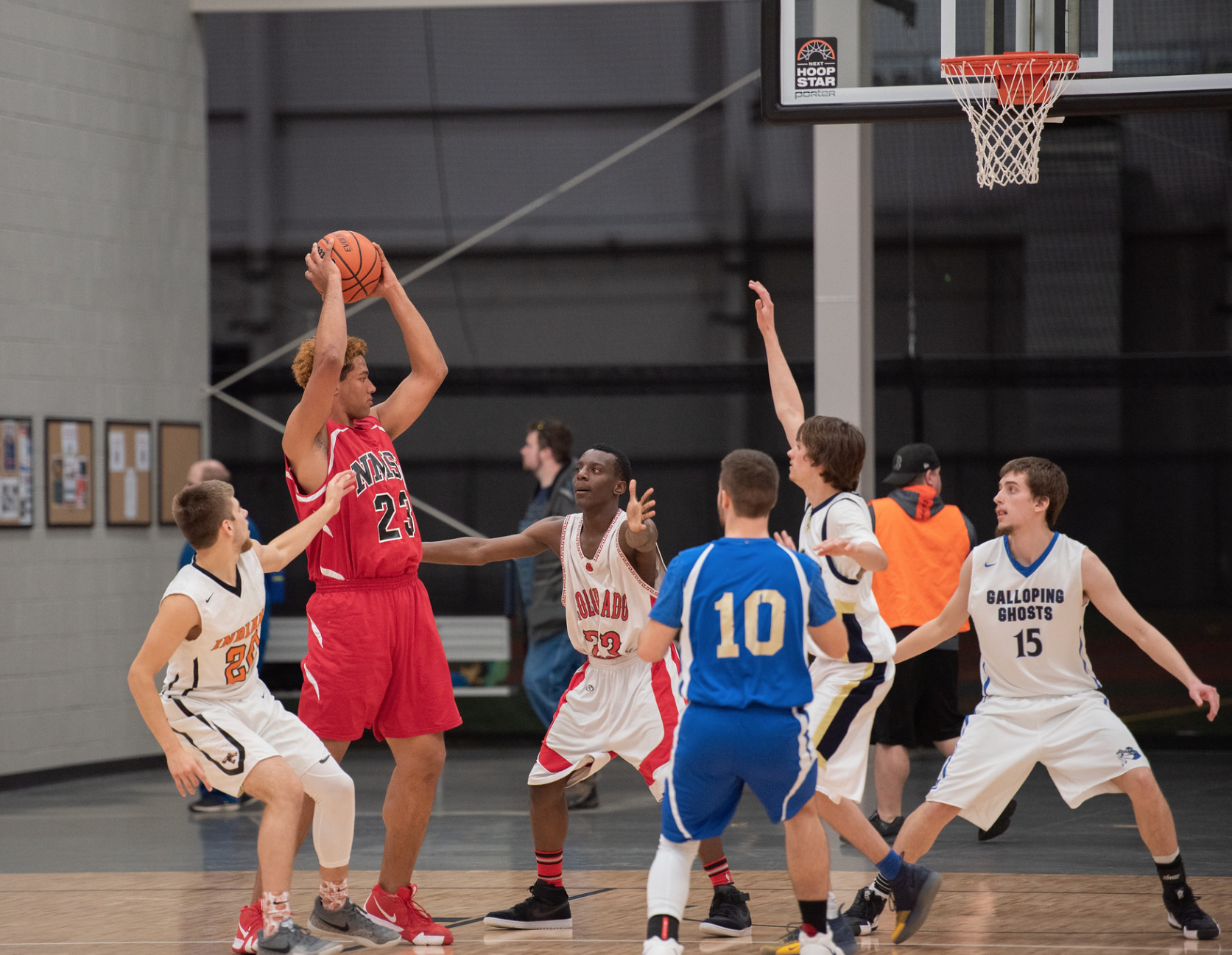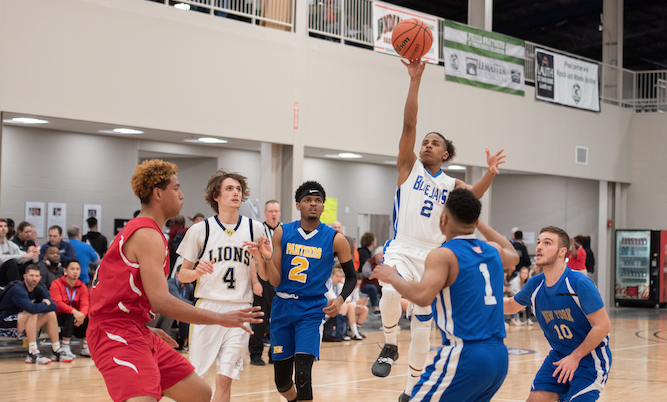Writer / Christy Heitger-Ewing
Photographer / Amy Payne
The USA Deaf Basketball (USADB) Tournament began back in the 1940s when there were several deaf basketball teams for adults on the east coast in places like New York, Philadelphia and New Jersey. In 1945, several of the players suggested holding a national tournament in order to see who was the best in the nation. Two men — Art Kruger and Tom Elliott — took the initiative and set up the first USADB Tournament in Akron, Ohio. It took off, and for the past 74 years, they’ve hosted annual tourneys in various parts of the country.
“We’re proud that we’ve not missed a single year,” says Joey Baer, National Program Director for USA Deaf Basketball who has been part of the organization, in some capacity, for the past 25 years.
“I played my first tournament at the 50th anniversary, and I was in awe,” Baer says. “I fell in love with the organization and never left after that.”
He continued as a player then later joined the board and staff to help organize and run the league.
“I’m proud to be part of an organization that has stuck together to serve the deaf community for all these years,” Baer says.
Though the league began with five teams, over time it has expanded to 36. In 1991, they added the Women’s Division, and in 1997 a Men’s Division II (adding eight more teams). Thirteen years ago, they expanded the program again to include high school Boys and Girls All-Star games.
Typically, between 1,000-1,500 players, fans, coaches and volunteers converge for the annual 3-day event. This year the tournament, which included 40-plus basketball games between April 11-13, was held at Finch Creek Field House, Noblesville High School and Noblesville Parks and Recreation Annex at Ivy Tech Community College.
“It was extra special because some old-timers and Hall of Fame players returned to celebrate the 75th anniversary of the league,” Baer says. “We had lots of pictures, posters, program books and other memorabilia. We also inducted new Hall of Fame members and recognized former Hall of Famers and leaders.”
The oldest player, Charles Bronder, from the 1953 tournament came. Now 89, he lives in Florida and is still fit. Bronder shared his memories from when he played and talked about how the game of basketball has evolved over the past 66 years.
Bronder, like the other players, takes great pride in being a part of this league.
“So often they have called it a bucket-list sort of thing,” Baer says. “They are proud to have been a part of this organization. Like me, they cherish and appreciate the love of basketball.”
Robert Hawkins now covers USADB in a media capacity, but his roots with the basketball tournament date back to 1986 when he was 12 years old and the tournament was held at Towson University outside of Baltimore.
“It was such a spectacle at that time,” Hawkins recalls. “Today offers more opportunities in the form of tournament fields since it has expanded to twice its [original] size.”
Baer notes that the tournament involves the same level of excitement and competition as any other high-stakes game.
“The Final Four and championship games are always full of energy and very tense,” Baer says. “Even though we’re deaf, the game, itself, is no different from the NCAA games in terms of excitement and energy.”
Amanda Geffen, 27, first played at the 2017 USADB nationals in Washington, D.C.
“I started in the sport at 12 years old,” Geffen says. “I love this basketball tournament because I enjoy competing with deaf women.”
Those who run the organization are always discussing ways to reach an even younger deaf generation from all over the country.
“These kids may get motivated to pick up a ball at different levels, and we want to encourage that and the adults, as well,” says Baer, noting that they’re also looking at the possibility of adding a third bracket league for those in their 40s and 50s.
“There’s so much more we can offer. We have a lot more ideas,” Baer adds. “We’ll see what we can do for the next 25 years.”
For more information about USADB, visit usadb.us.









Comments 1
4.5